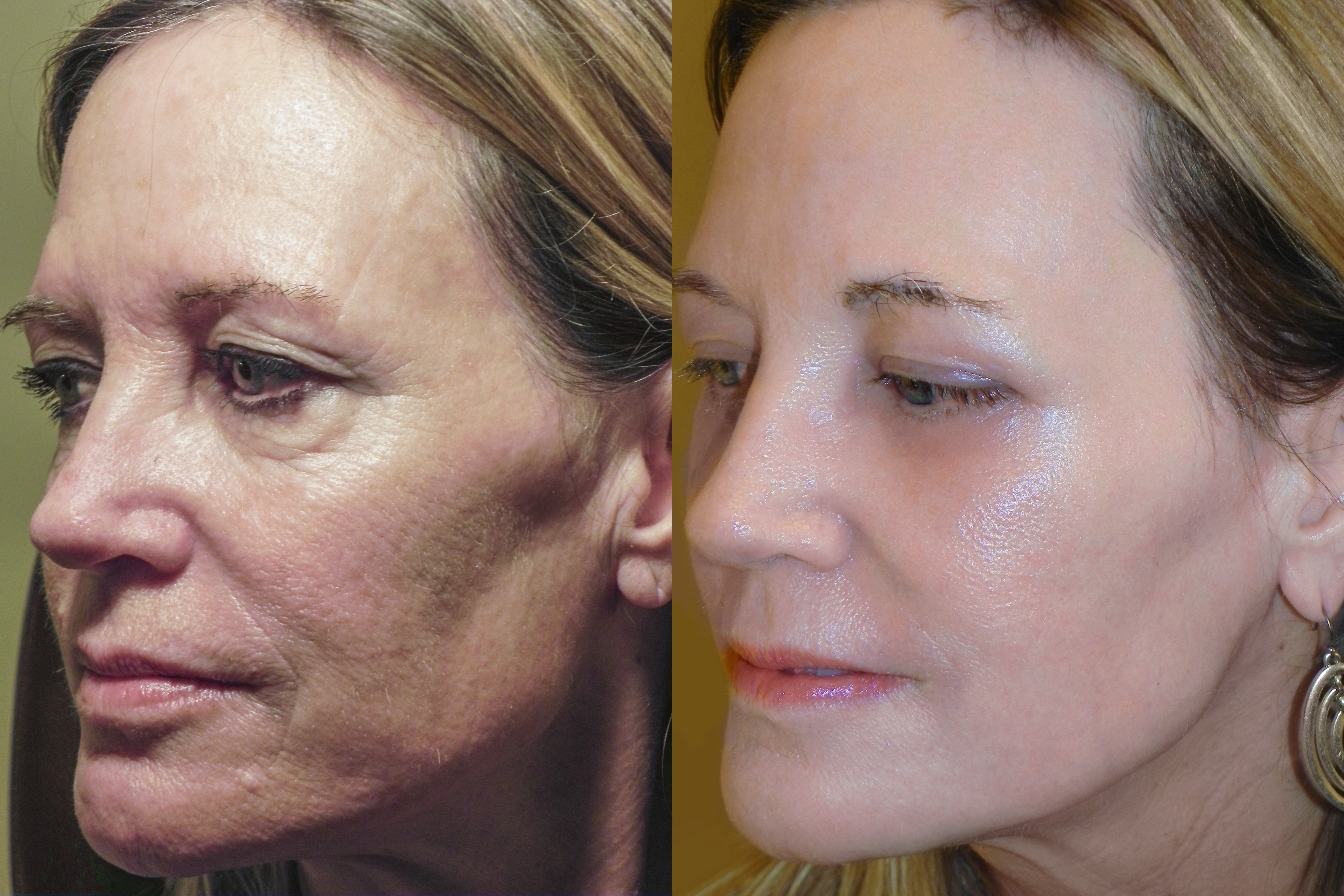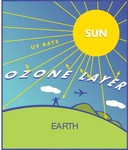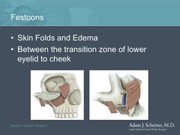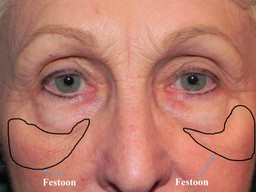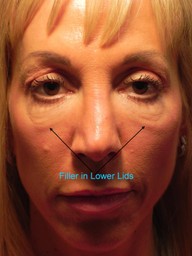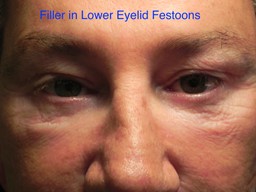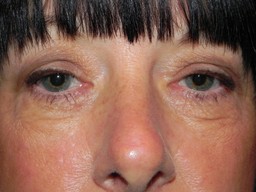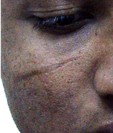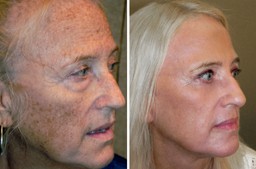Dr. Adam Scheiner is recognized as the world’s leading cosmetic surgeon specializing in eyelid rejuvenation and the treatment of Festoons (also known as malar mounds or malar bags). His proprietary RESET® procedure offers the most advanced surgical solution for removing Festoons, achieving natural and lasting results. Here, Dr. Scheiner shares his expertise in this guide, 10 Things You Need to Know About Festoons—the Internet’s most popular resource on Festoons.
1) What are they?
Festoons and malar mounds or malar bags are swollen mounds that appear in the lower eyelid and cheek region. They usually occur with age and are more common in individuals with lighter skin types. Festoons broadcast a nonverbal message of being sick or tired.

2) What Causes Festoons and Malar Mounds or Malar Bags?
Factors contributing to the eye bags hanging in a hammock-like fashion and the puffy eyes that are characteristic of festoons and malar mounds include:
- Sun exposure
- Smoking
- Genetics
- Aging
When you have festoons and malar mounds, there is a structural problem in the skin of the lower eyelid and cheek regions. The collagen and elastic fibers in this region become fractured. This damage allows fluids to collect in this potential space resulting in swollen skin in the lower eyelid and cheek regions.
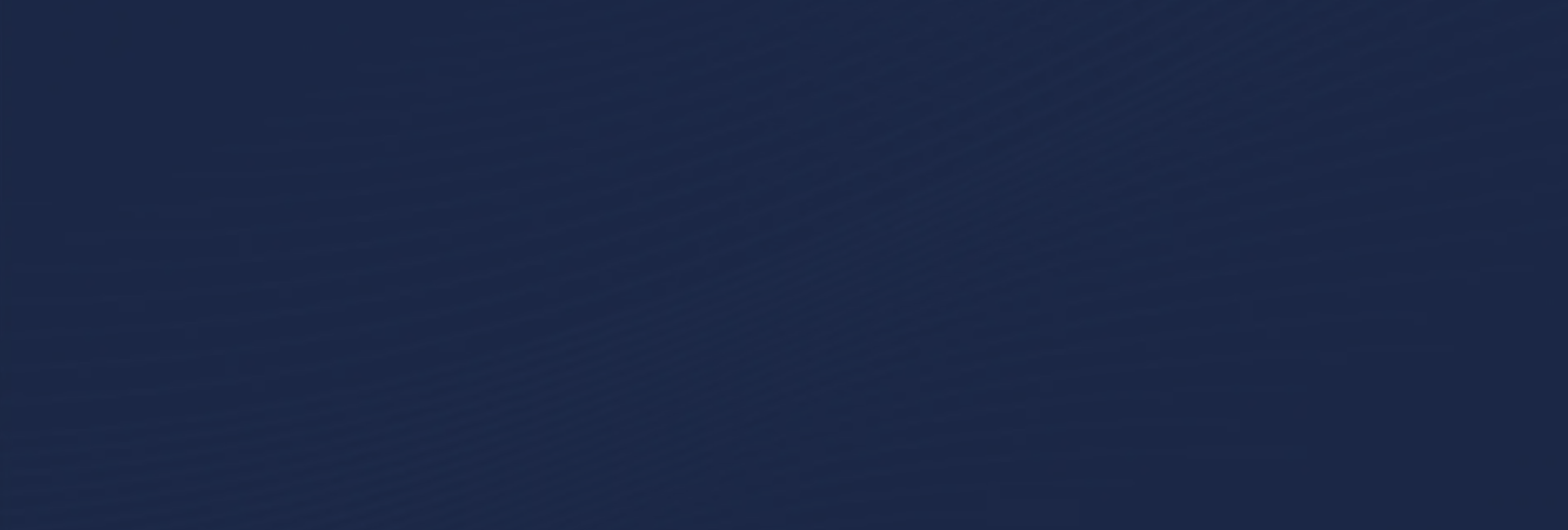

Do you have Festoons? Book a Complimentary Virtual Appointment to Find Out
3) They appear worse if not corrected at the same time as lower eyelid blepharoplasty
The eyes are one of the focal points of the face, but as we age our faces — and specifically our eyelids — can change. We develop baggy lower eyelids, loose skin on our lower eyelids, wrinkles, and festoons and malar mounds. Any of these can make a person appear tired, sick, or older than they really are.
Our brains constantly evaluate other people’s faces for communication cues. It’s normal for people with lower eyelid bags to also have the swelling on the cheeks known as festoons or malar mounds. The brain sees these things as normal in an older person. Many people seek help from cosmetic surgeons with these issues, but sometimes this type of correction isn’t the best decision. One example of how isolated lower eyelid surgery can be a mistake is when lower eyelid festoons or malar mounds are present. When the lower lid bags are improved through surgery but the festoons or malar mounds aren’t, the results can look even worse than before.
We expect heavy lower lids to accompany eyelid festoons and malar mounds, and when only one of these conditions is corrected, festoons and malar mounds are accentuated and become more pronounced. For the best results, fix both lower eyelid bags and festoons and malar mounds at the same time. This combination of procedures provides the most natural rejuvenation of this critical area of the face.
4) Fillers can worsen festoons under the eyes
Festoons and malar mounds can also become much more noticeable after having fillers placed in the face.
The reason for this is twofold. The first is that fillers placed in the face can generally cause swelling to occur, and some of this swelling can find its way into the area of the festoon. This causes the condition to worsen.
The second problem is that fillers are sometimes placed into the lower eyelid region or festoon directly. I’ve written extensively about the fact that fillers have only a narrow role in the eyelid region, and should only be used in young patients with true hollowing in the inner lower eyelid region.
It is my opinion that attempting to camouflage lower eyelid bags with fillers is a mistake because it often causes irregular results. Likewise, any attempt to put filler in the area of the festoon is also a mistake.
When addressing swollen mounds on the cheek, the goal should be to flatten them. By putting fillers in or around festoons and malar mounds, they become fixed outward and in an elevated state.
This is the exact opposite of the desired effect. It’s best to flatten the festoon, not to inflate them.
Take a look at this patient who had fillers placed under her eyes in an attempt to camouflage lower lid bags and festoons.
The first picture is before filler placement. Notice the loose skin and festoons present.
In my practice I don’t add filler under the eyes and fillers should only be used for a small subset of younger individuals.
After this patient had filler, below you can see the irregular contours and marked swelling of the festoon.
Fortunately, the filler that was used was a hyaluronic acid that can be dissolved with a product known as hyaluronidase.
When the swelling was treated with the hyaluronidase, the condition improved dramatically.
5) What does not help them : Cutting them out can leave a scar.
Known as “direct excision,” the process of cutting a Festoon out represents significant trauma to the skin and underlying tissue.
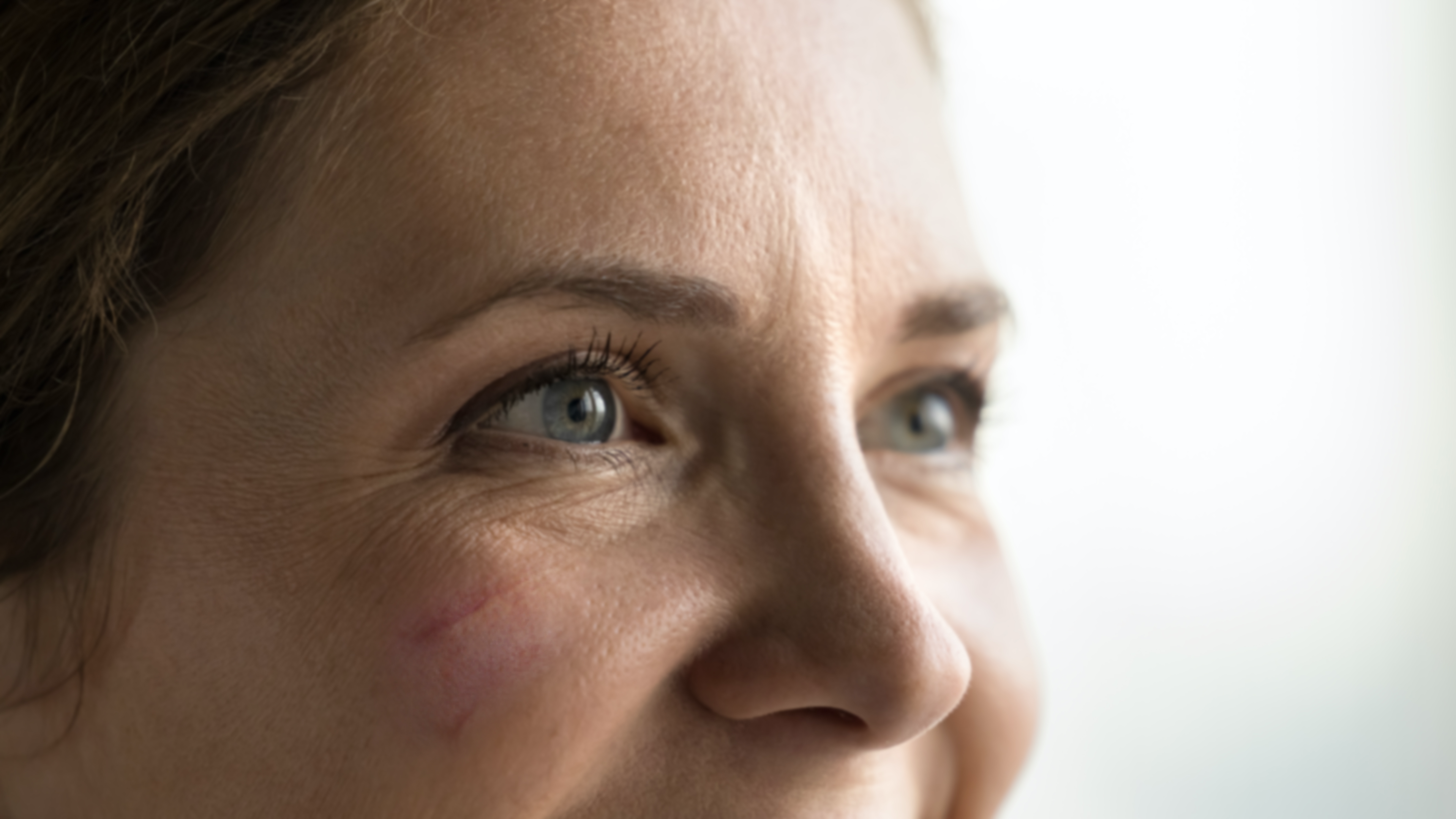
6) There are no natural, at-home remedies for Festoons
Once you know what causes festoons, you can understand how eye creams, gels and other external treatments are completely ineffective. A topical product cannot cure the structural skin layer problems.
7) They have different causes than lower lid bags
The first difference is in their cause or etiology; festoons are a result of sun-damaged skin on the lower eyelid and on the cheek and are believed to be affected by underlying contrasting muscle forces over the years of a person’s life.
In contrast, lower eyelid bags are due to age-related fat protruding through the skin in the lower eyelid region. New research has shown that fat can grow and atrophy during our lives in asymmetric ways. The growth of fat in the orbit around the eye along with atrophy of fat in the facial regions around the eye, as well as weakness in some of the orbital containing structures, contribute the fullness we see in the lower eyelid with age.
For some individuals, this fat shows up at a very young age and this is believed to be a result of genetic changes in the development of the eye area in those individuals.
8) They form in different portions of the face than lower lid bags
The second difference is the location on the face where they form. Lower eyelid festoons can be seen primarily on the cheek with some presence in the lower eyelid region. Lower eyelid bags are located directly below the lower eyelid lashes and are noticed to become more prominent when someone with these bags looks upwards. Conversely, festoons are minimally affected when a person looks upwards.
9) Festoons feel differently than lower lid bags
The third difference is the feel of these conditions when they are touched. Festoons are squishy and can be made to move side to side. Lower eyelid bags are firmer, deeper in location beneath the skin and can’t be moved easily side-to-side when touched.
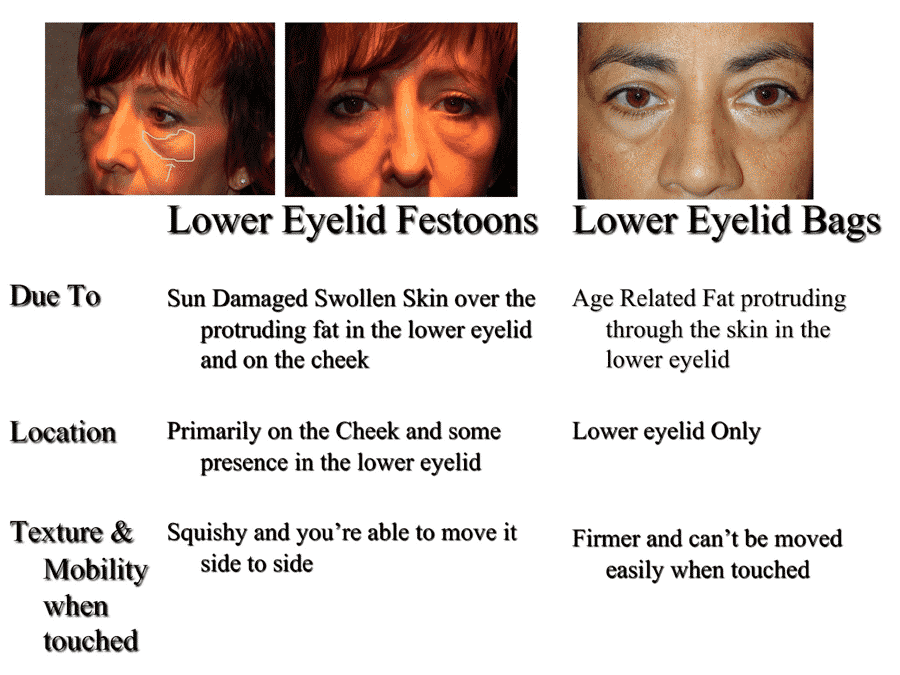
Concerned About Festoons? Schedule Your Complimentary Virtual Consultation Today!

10) Fixing festoons with Laser Skin Resurfacing can also help improve the quality of the skin treated.
Old sun damage including some early skin cancers in the area of the festoon are removed by laser skin resurfacing and when the skin grows back, it is built by brand new cells that were never exposed to the sun before. This skin is new and healthy.
Dr. Scheiner Updates 2024
11) Festoons can be an indicator of precancerous skin lesions on the face.
Because Festoons have a genesis in past sun exposure. Most individuals with festoons also have sun damage and early skin cancers on other parts of their face.
12) Festoons can not be treated in a 45-minute, in-office procedure.
There is a sudden and concerning explosion of myths and misinformation being spread on the Internet regarding in-office festoon treatment. To my great disappointment and alarm, it is largely physicians’ offices that are misleading patients about what can and cannot be done. If you are looking for real, long-lasting improvement for festoons, your best answer for natural, balanced, permanent results is to seek the help of a true expert in removing eye Festoons.
Bottom line: The only way to effectively eliminate festoons is with Dr. Scheiner’s deep skin resurfacing procedure.
Patient before and afters:


